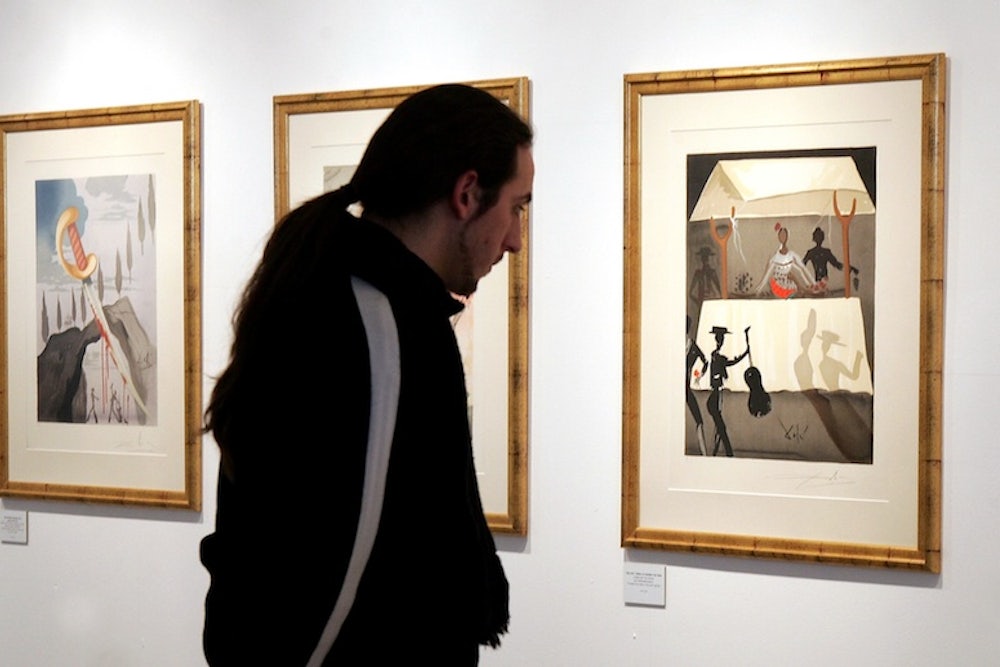The MoMA’s announcement Friday that New York’s American Folk Art Museum—built for $32 million barely a decade ago—will be a casualty of its latest expansion project has, unsurprisingly, prompted a wave of criticism. Art critic Jerry Saltz put it most dramatically on New York magazine’s Vulture blog: “I have seen the best modern museum of my generation destroyed by madness.”
Whatever art critics like Saltz think—and whatever the ethics of tearing down another museum—MoMA remains one of the most popular museums in the world, attracting two to three million visitors per year. Who visits modern art museums, and what are they looking for? For a 2009 paper in the journal Psychology of Aesthetics, Creativity, and the Arts, a team of psychologists led by Stefano Mastandrea of Italy’s Roma Tre University compared visitors at a modern art museum to visitors at an ancient art museum in Rome.
We chose two museums located in Rome…The first was the Braschi Museum (Museo di Roma - Palazzo Braschi) for ancient art, while the second was the National Gallery of Modern and Contemporary Art (Galleria Nazionale d`Arte Moderna e Contemporanea, GNAM) for modern and contemporary art…Our sample consisted of 137 Italian participants, ranging from 19 to 69 years...We found a difference in age, with visitors being about 10 years younger at GNAM as compared to Braschi....Regarding profession, we counted a majority of white collars at Braschi (30.1%) and a majority of students at GNAM (46.3%).
People go to modern art museums for an emotional experience
"More GNAM visitors expressed the desire to see artworks in the original and the pleasure that they felt during the visit, compared to Braschi visitors whose most frequently chosen option concerned the interest for the artist/s and the desire of cultural enrichment.
"People who go to modern art museums are willing to go in search of sensation more than people who go to ancient art museums."
And they get one
"Emotions aroused by GNAM visitors reached higher scores compared to Braschi visitors." Mastandrea asked visitors to the two museums about their experience as they left:
